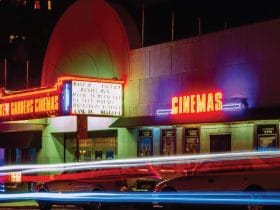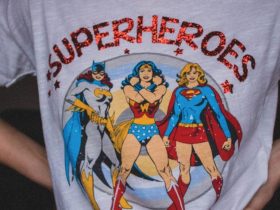Korean cinema has captured the attention of global audiences over the past few decades with its unique blend of narrative, culture, and emotion. From its beginnings to the present day, South Korean cinema has undergone a remarkable evolution, becoming one of the most influential film industries in the world. In this blog, we will explore the history of Korean cinema, its evolution over time, the most popular genres today, and to what extent the stories portrayed in the films are realistic.
History of Korean Cinema
The Early Years (1910-1945)
Korean cinema began to emerge during the Japanese occupation (1910-1945). The first Korean film, “Loyal Revenge” (의리적 구투, 1919), directed by Kim Do-san, marked the beginning of the film industry in Korea. During this period, Korean cinema was heavily influenced by Japanese cinema, and many films focused on patriotic themes and the fight against oppression.
The Golden Age (1950-1970)
After the Korean War, Korean cinema experienced a renaissance. The 1950s are known as the “Golden Age” of Korean cinema. Directors such as Kim Ki-young, with his iconic film “The Housemaid” (하녀, 1960), created masterpieces that explored psychological and social themes. This era saw a surge in film production and the establishment of local film festivals.
Censorship and Decline (1970-1980)
During the 1970s and 1980s, the Korean film industry faced severe censorship under the military regime. This censorship limited the creative freedom of filmmakers, resulting in a decline in the quality and quantity of films produced. Despite these challenges, some directors such as Im Kwon-taek managed to stand out, with films like “Mandala” (만다라, 1981), which explored philosophical and cultural themes.
The Renaissance (1990-Present)
The 1990s marked a renaissance of Korean cinema. Liberalization of censorship and government support revitalized the industry. Directors such as Bong Joon-ho, Park Chan-wook, and Kim Ki-duk emerged with unique and bold styles. Films such as Park Chan-wook’s “Oldboy” (올드보이, 2003) and Bong Joon-ho’s “Memories of Murder” (살인의 추억, 2003) received international recognition, establishing Korean cinema on the global stage.
Evolution of Korean Cinema
Global Influence and International Recognition
Over the past two decades, Korean cinema has achieved unprecedented recognition internationally. The victory of Bong Joon-ho’s “Parasite” (기생충, 2019) at the Academy Awards, taking home the Oscar for Best Picture, marked a historic milestone. This global success has increased interest in Korean cinema and opened doors for more Korean filmmakers to reach international audiences.
Innovation and Experimentation
Korean cinema is known for its ability to innovate and experiment with different genres and narrative styles. Films such as Yeon Sang-ho’s “Train to Busan” (부산행, 2016) combine horror with social commentary, while Park Chan-wook’s “The Handmaiden” (아가씨, 2016) mixes psychological thriller with romantic drama.
Realism and Social Criticism
Many Korean films address issues of everyday life and social realities in South Korea. Korean cinema often critiques contemporary society, exploring themes such as economic inequality, corruption, and family tensions. Lee Chang-dong’s “Burning” (버닝, 2018), for example, is a film that delves into class differences and social alienation.
Popular Genres in Korean Cinema
Thriller and Suspense
The thriller and suspense genre is one of the most popular in Korean cinema. Films such as “Memories of Murder” and “I Saw the Devil” (악마를 보았다, 2010) are prominent examples of this genre, known for its intense narrative and unexpected twists.
Drama
Drama is another dominant genre, with films exploring the complexities of human relationships and emotions. “My Sassy Girl” (엽기적인 그녀, 2001) and “The Way Home” (집으로, 2002) are dramas that have captured the hearts of audiences both inside and outside Korea.
Horror
Korean horror cinema has gained popularity for its unique and terrifying approach. “A Tale of Two Sisters” (장화, 홍련, 2003) and “The Wailing” (곡성, 2016) are horror films that combine supernatural elements with social commentary.
Action
The action genre is also very popular, with films featuring impressive combat sequences and thrilling plots. “The Man from Nowhere” (아저씨, 2010) and “The Outlaws” (범죄도시, 2017) are examples of successful Korean action films.
Realism in Korean Cinema
Korean films often feature a high degree of realism, reflecting the complexities and challenges of life in South Korea. However, while many films tackle real-life themes, fiction, and dramatization remain essential elements of cinema. Korean filmmakers are known for their ability to blend the real and the fictional in ways that resonate deeply with audiences.


















Leave a Reply